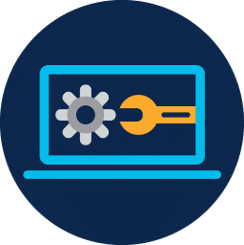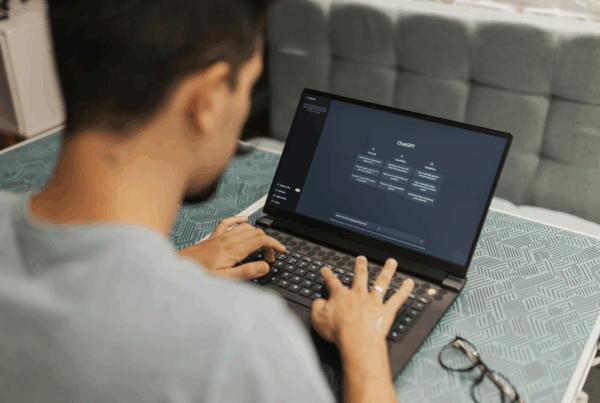
Keeping company data safe starts with implementing strong cybersecurity habits that keep every employee secure. Password hygiene, patching habits, and knowing how to interact with suspicious email elements involve best practices that can go a long way in keeping both personal and company data secure no matter how many security solutions a business has in place. In this article, we want to outline how to begin implementing three strong cybersecurity best practices to support company-wide cybersecurity training and help every employee better secure company data and their personally identifiable information (PII)!
Password Hygiene

Everyone knows not to use passwords that someone can easily guess, but you should also avoid using the same or similar passwords over time. Data breaches at companies you have accounts with will leak personal information and passwords that make their way onto the dark web. Once there, malicious actors will buy those passwords or use the stolen information to guess the passwords you currently use. By varying the passwords used over time, there are less clues to guess current passwords with, and other strong password habits become more effective. Companies can also consider using password managers to allow employees to create secure passwords and have a reliable means of storing them.
Patching Devices and Applications

Taking a few minutes to patch a work machine or application can often be a huge step in better securing company data. Malicious actors will frequently use attack strategies that rely on a victim failing to install new patches, and these attacks can lead to PII theft. Some of the worst exploits can allow a malicious actor to execute malicious code on the device or exfiltrate data without the user knowing. In these cases, company information and personal data can be stolen and used for future attacks on the business’ network and individual employees. While it may interrupt workflows, patching alone can prevent many cyberattacks that steal PII and other data.
Link and Attachment Clicking

Whether at work or handling personal emails, employees should vigilantly verify links and attachments before clicking on them. For links, it is a strong habit to avoid clicking them directly from emails whenever possible. By navigating to the website manually, you are less likely to click on a malicious link when a new notification comes into your inbox. Additionally, it is best practice to not click on unexpected attachments. Even if the correspondence appears urgent, taking a moment to review the email and verify its contents and trustworthiness can prevent a cyberattack. If a link is suspicious, it should be reported to the company’s IT team or IT consultant for verification, and employees should not respond to the email.
Summary
Keeping company data safe starts with strong cybersecurity habits, and every employee and manager at a company should know how to construct strong passwords, plan for device patching, and identify suspicious links. These three cybersecurity best practices can go a long way in keeping a business secure, but SMBs can work with an IT consultant to implement security awareness training to teach employees more best practices. This way, every staff member can be taught about emerging cybersecurity threats and be well equipped to handle suspicious activity they encounter.




